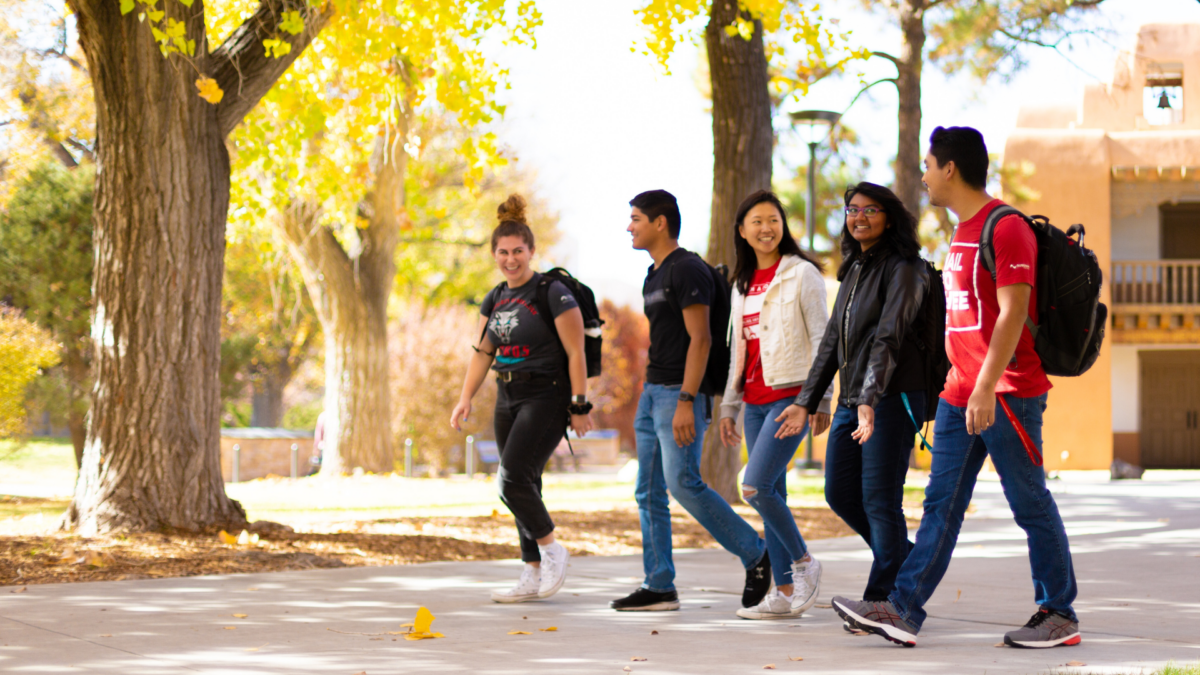IHEP Supports Students As They Go Back to School
Published Sep 08, 2016
Today’s classrooms are increasingly filled by 21st century students – students who are the first in their family to attend college; low-to-moderate income; from communities of color; and are managing the conflicting demands of school, work and family. At IHEP, we wish these students the best as they embark on a new school year and would like to share resources we have produced to help policymakers, practitioners, students, families and community leaders make sure that all students – especially the underserved – go back to school and succeed there.
Who are 21st Century Students?
IHEP’s documentary Degrees of Hope: Redefining Access for the 21st Century Student depicts the lives of five college students – a first-generation student, a community college transfer student, a veteran, an online learner, and an adult learner – and the challenges they faced accessing higher education. The viewing guide helps facilitate discussions around the film and prompts viewers to brainstorm possible policy- and practice-based solutions to college access and success for these five student populations. A companion report, Access to Attainment: An Access Agenda for 21st Century Students, recommends strategies for addressing these challenges through policy- and practice-based solutions at the institutional, state and national levels.
How can we ensure more students get to and through school?
Strong support systems – from both inside and outside the classroom – are necessary to help students access postsecondary programs and succeed. In an effort to support community-based collaborations geared toward postsecondary access and success, IHEP offers two tactical guidebooks:
- Ensuring College Readiness and Academic System Alignment for All Students: outlining actionable strategies for communities who want to help underserved students navigate the pathway to college.
- Supporting Postsecondary Student Success: outlining actionable strategies for communities who want to target academic, personal, career, and financial supports to underserved student populations to eliminate equity gaps in student retention and success.
Through interviews with community leaders, these guidebooks explain how some communities within Lumina Foundation’s Community Partnership for Attainment (CPA) network leverage partnerships among key sectors – education, business, policy, and nonprofit and community organizations – to improve student outcomes.


